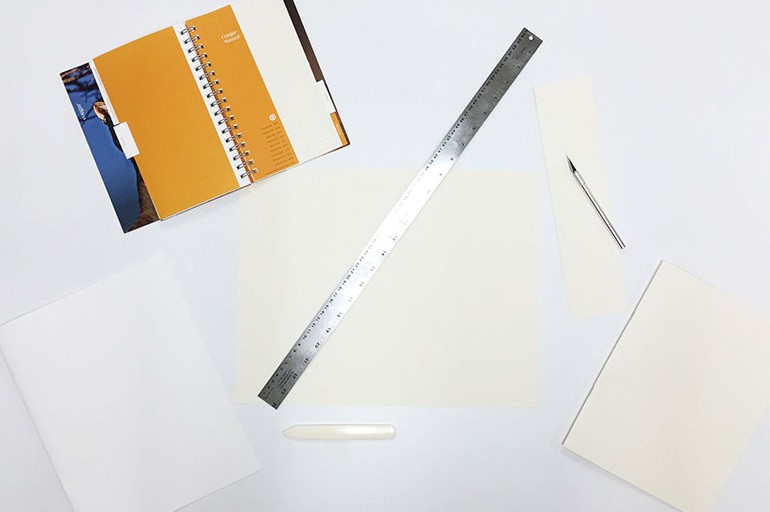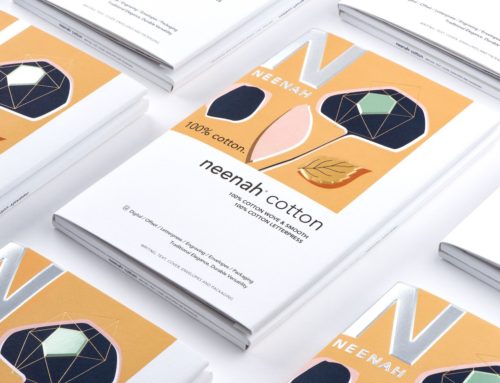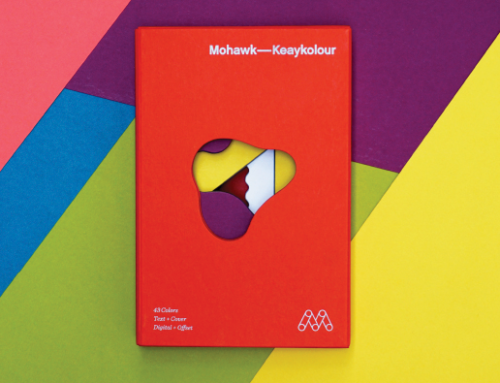
In a recent article on domtarblueline.com, Jill Dinicolantonio provide insight into 5 things designers should know before specifying paper.
Jill Dinicolantonio recently hosted a Reverb for AIGA Cleveland where she shared some insight into how designers can and should specify paper for print. The biggest issue I found is that many graphic designers are lacking for local paper resources and therefore have no idea how their paper choice can impact the final product. Many end up relying on their print rep for paper advice and in the end feel less than excited about the results.
To avoid a disappointing end result, graphic designers should keep these five things in mind before specifying paper for your next printed piece:
- Know Your Quantity. Why does it matter? Quantity goes hand in hand with availability and budget. Jobs that are smaller in quantity (think less than 1,000) require less paper. For your printer it means they’ll want to source paper that is available in less than carton quantities (in other words, stocked locally).
- Budget. One of the biggest misnomers I hear from designers is that the client has “no budget” therefore they have to go with the printer’s house sheet. While this may absolutely be a solution, it is not the only choice when it comes to a price sensitive project. Know what your options are. There are multiple options at all price points.
- What is the feel of the piece? Select papers that fit the feel of your project based on the aesthetics and paper characteristics. Things like brightness, finish and basis weight can have a huge impact on the final design of your printed piece.
- Print techniques. Aside from four color offset and digital printing, there are a host print techniques that double as design elements – foil stamping, embossing, UV coatings and metallic inks to name a few. The paper you specify can affect the results of some of these techniques, so careful consideration should be given to the paper stock chosen.
- Begin with the end in mind. What is the end use, who is the audience?
If you can think about these five things before you send out a request for quote, you’ll save a lot of time and possibly some headaches. Always remember to specify the paper stock and merchant (if you worked with one) to your printer. The printer may give pricing on an alternative stock but they should always provide a quote on the paper you specified.
Read the full article here







